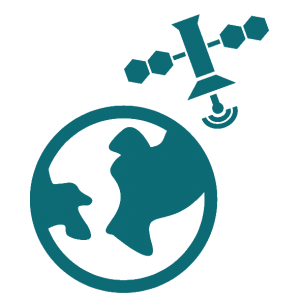ARIADNA‘s Key Reports & Papers

The role and challenges of GNSS for Urban Mobility & Public Transport
This report analyses the main trends that can impact the development of the GNSS market. The rise of Mobility as a Service (MaaS) schemes, with Public Transport being the centerpiece of urban mobility, the different services that encompass the so-called shared mobility, and the evolution of autonomous mobility are the main identified levers for the growth of GNSS technology.

White Paper: EGNSS technology in Urban Mobility and Public Transport
This report analyses in depth how the incorporation of Galileo, Europe’s Global Navigation Satellite System, positively impacts all existing applications of GNSS in urban mobility services, and even enables new ones. This is mostly done through better signal accuracy —because there are more satellites in view, allowing for better geometry— and availability —especially in challenging environments for GNSS, such as urban canyons, where satellite signals from one constellation can get completely blocked by tall buildings—; but there is another key benefit which the Galileo system, and no other GNSS at the moment, offers: the authentication of the satellite signal. According to experts in the field, this is the most differentiating, added-value feature of Galileo, and it will enable a whole range of applications that are not possible today.

Moving cities forward: how Galileo satellite technology can advance urban mobility
Paper accepted at the 10th ICTR (International Congress on Transportation Research) (Rhodes, Greece – September 1st – 3rd 2021). Co-authored by Josep Laborda (Factual), Sergi Paniagua (Pildo Labs), Michele Tozzi. (UITP), and Charlotte van Hek (UITP), and included in the conference proceedings
Abstract
Accuracy, integrity, and continuity of the geolocation signal in complex urban environments are key features to enable new mobility services in the smart city context. Galileo is the European Global Navigation Satellite System, and along with the Satellite-Based Augmentation System EGNOS, constitutes Europe’s satellite navigation programme. Galileo provides improved positioning and timing information with significant positive implications for many services and users. The system has been operational since December 2016 and can be used in combination with GPS satellites (or any other constellation) via multi-constellation receivers, already a widespread market solution. This paper reports on the status of awareness and application of Galileo technology in the urban mobility and public transport sector and provides evidence of Galileo’s benefits based on the analysis of real-life applications in the bus and shared mobility domain.

Galileo for urban mobility: moving cities ahead with space data
Paper accepted at the ITS World Congress (Hamburg, Germany – 11 – 15 October 2021). Co-authored by Sergi Paniagua (Pildo Labs), Josep Laborda (Factual), Krzysztof Kanawka (Bluedot), Francisco Ginot Blanco (Reby), and Charlotte van Hek (UITP), and included in the conference proceedings
Summary of the paper
To illustrate three specific use cases and solutions where Galileo can bring added value to enhance existing urban mobility services. Namely:
- The first two use cases have been identified through the collaboration of ARIADNA with the FLAMINGO Horizon 2020 project (2017 – 2020), aimed at providing comprehensive tracking and data analysis of public transportation vehicles in urban areas. The main feature of FLAMINGO was its capability to provide positioning with an accuracy better than 50 cm.
- The third use case provides evidence of the benefits of Galileo in the shared mobility business, thanks to the experience of Reby. In the moped-sharing operation, it is paramount to always know the position of a vehicle. Therefore, every vehicle of Reby’s fleet is equipped with an IoT module with geolocation capabilities. This GNSS module automatically switches between constellations to return the most accurate coordinates, using GPS, GLONASS and Galileo (the latter, providing centimetre range accuracy).
 This project has received funding from the European Union Agency for the Space Programme (EUSPA) under grant agreement No 870264
This project has received funding from the European Union Agency for the Space Programme (EUSPA) under grant agreement No 870264